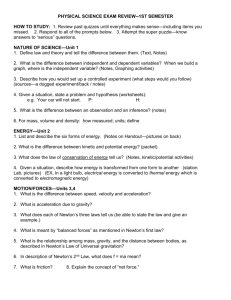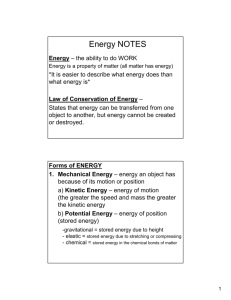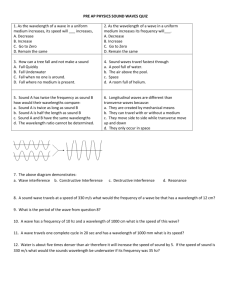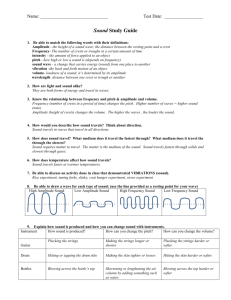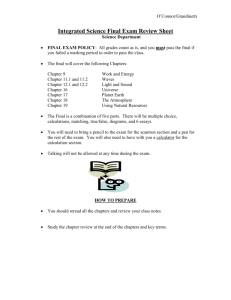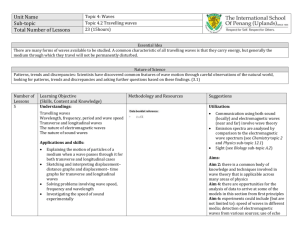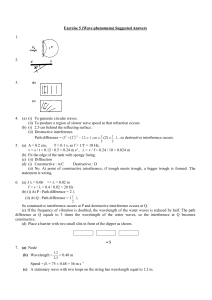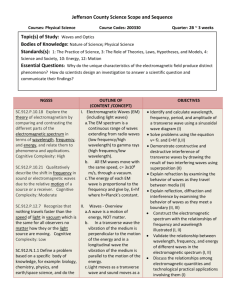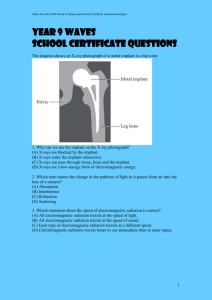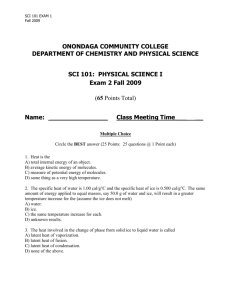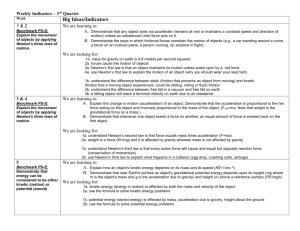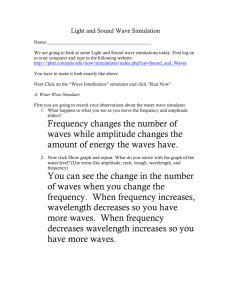Answer the following questions.
advertisement
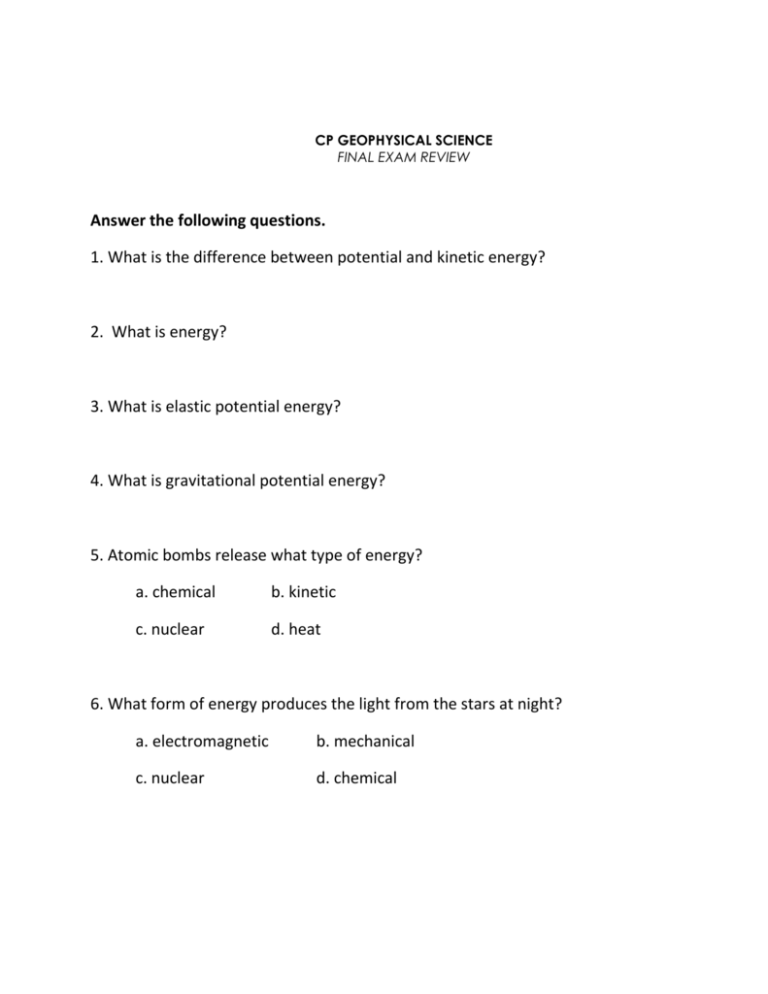
CP GEOPHYSICAL SCIENCE FINAL EXAM REVIEW Answer the following questions. 1. What is the difference between potential and kinetic energy? 2. What is energy? 3. What is elastic potential energy? 4. What is gravitational potential energy? 5. Atomic bombs release what type of energy? a. chemical b. kinetic c. nuclear d. heat 6. What form of energy produces the light from the stars at night? a. electromagnetic b. mechanical c. nuclear d. chemical 7. What form of energy is released from the motion of hands sliding together? a. kinetic b. electromagnetic c. nuclear d. heat 8. What form of energy is at the wheels of a skateboarder rolling on a frictionless surface? a. chemical b. elastic c. mechanical d. heat 9. What form of energy is in a piece of bread? a. chemical b. elastic c. mechanical d. heat 10. Which of these statements is true according to the law of conservation of energy? a. Energy can be created. b. Energy can be destroyed c. Energy can change forms d. Energy can change into mass. For each of the following write P for Potential and K for Kinetic. 11) A bowling ball rolling down the lane 12) A cat stuck in a tree 7 meters off the ground 13) An ant crawling on the ground. 14) When you stretch an elastic band on a slingshot, it gains this type of energy. 15) When you release the elastic band, the energy gets converted into what kind of energy? 16. What happens to the pitch and frequency of sound as it travels away from an object? 17. What happens to the pitch and frequency of sound as it approaches and object? 18. What happens to light as it travels away from you? What color does it approach? 19. What happens to light as it travels towards you? What color does it approach? 20. What is the Doppler Effect? 21. Destructive interference is when the waves are______________________. 22. Constructive interference is when the waves are ______________________. Express the following relationships in words. 23. period and frequency 24. wavelength and frequency 25. wavelength and period Tell whether the following are examples of Harmonic or Linear motion. 26. clock pendulum 27. moving bicycle 28. a swing 29. car moving 30. jumping jacks Tell whether the following are T/F. If false, CORRECT the statement. 31. All waves require a medium 32. A medium can be a solid, liquid, or gas. 33. Transverse waves and medium form a 90o angle. 34. Light waves are longitudinal and require a medium. 35. Transverse waves can be mechanical and electromagnetic. 36. Material that is less dense travels slower. 37. The crests and troughs lineup “in phase” in a destructive interference. 38. Wavelengths are closer together during compression. Fill in the blanks a. Period e. Frequency b. Lamda c. Wavelength f. Longitudinal d. Amplitude g. Transverse 39. The shortest distance between two points where the wave pattern repeats is the________________________. 40. A wave in which the disturbance is parallel to the direction of travel is a _____________________ wave. 41. The time needed for an object to complete one full is the__________________. 42. _____________________ is the symbol for wavelength. 43. The number of waves that pass by in a certain period of time is the ___________________ of the wave. 44. The distance between the point of equilibrium and the crest or trough is the _________________. Draw and label a transverse wave with high frequency and with low frequency 45. HIGH: LOW: (In one diagram, label the crest, trough, wavelength, and amplitude) Use the following diagram to answer questions 46- 48 . 46. What is the amplitude for this wave? 47. What is the number of complete cycles? 48. What is the period?

